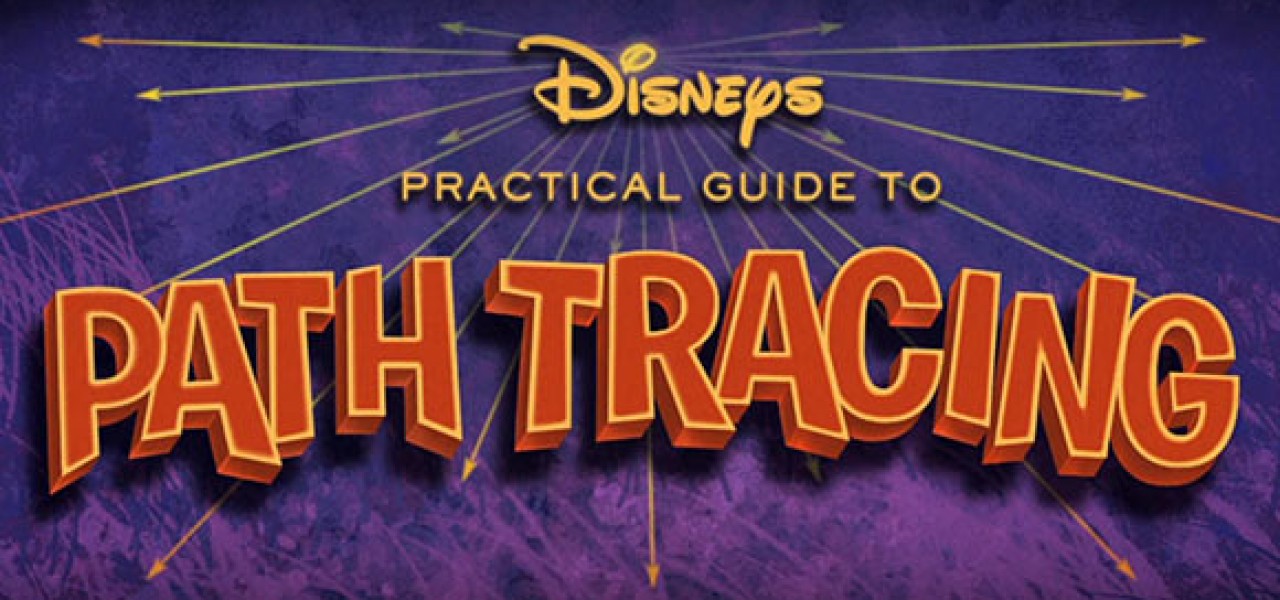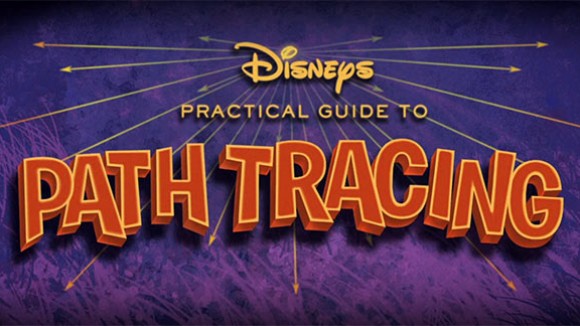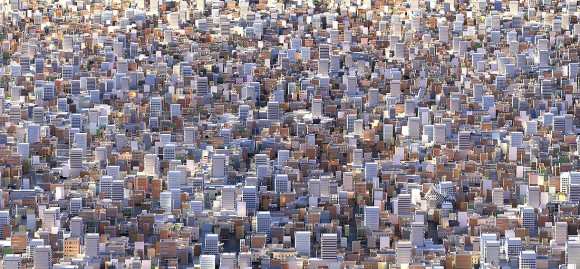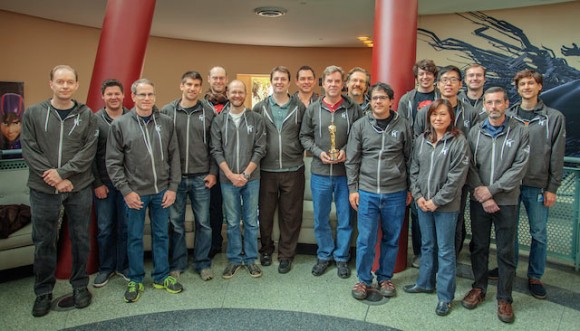

Disney Explains Its Powerful New Hyperion Rendering Engine

With the release of Big Hero 6, Walt Disney Animation Studios added a powerful new tool to its production arsenal: the Hyperion renderer. The studio spent two years building the path trace renderer from scratch to handle the increasing complexity of Disney’s CG animated films.
Big Hero 6′s sweeping urban environment — San Fransokyo — with its 83,000 buildings, hundreds of thousands of street lights, and countless reflective surfaces demanded this new rendering solution. Hank Driskill, the technical Supervisor of BH6, told FXGuide that the Hyperion renderer was essential to making the film, which simply “wouldn’t have been able to have been made any other way.”
Last year, FXGuide published a fantastically comprehensive look at Disney’s new rendering engine, but Disney itself has now released a great filmstrip-style video that explains its renderer (and rendering in general) in layperson’s terms:
One of the key innovations of the Hyperion renderer would appear to be ray sorting, which bundles and sorts rays according to their directions, thus optimizing the rendering process. In a typical path tracing render, too much light bounces around unpredictably, making it an inefficient solution for handling complex cinematic scenes. The Hyperion renderer’s batch approach allowed the BH6 filmmakers to render the entirety of San Fransokyo using path tracing (which is more resource-intensive than ray tracing) without using matte paintings or other tricks to imitate the distant scenery.

Disney’s next feature Zootopia, which features a furry cast, will continue to expand the capabilities of the Hyperion renderer. To handle the complexities of fur and organic material rendering, Disney will develop new sub-surface scattering (SSS) algorithms for its renderer.
For more information on Disney’s path-tracing techniques, including a 2013 research paper, visit the Disney Animation Studio’s new page about the Hyperion Renderer. For additional reading (because this stuff is endlessly fascinating!), we also recommend this Hacker News thread in which knowledgeable commenters discuss whether the Hyperion renderer is revolutionary or evolutionary.
Here’s a photo of the Hyperion renderer development team:


.png)